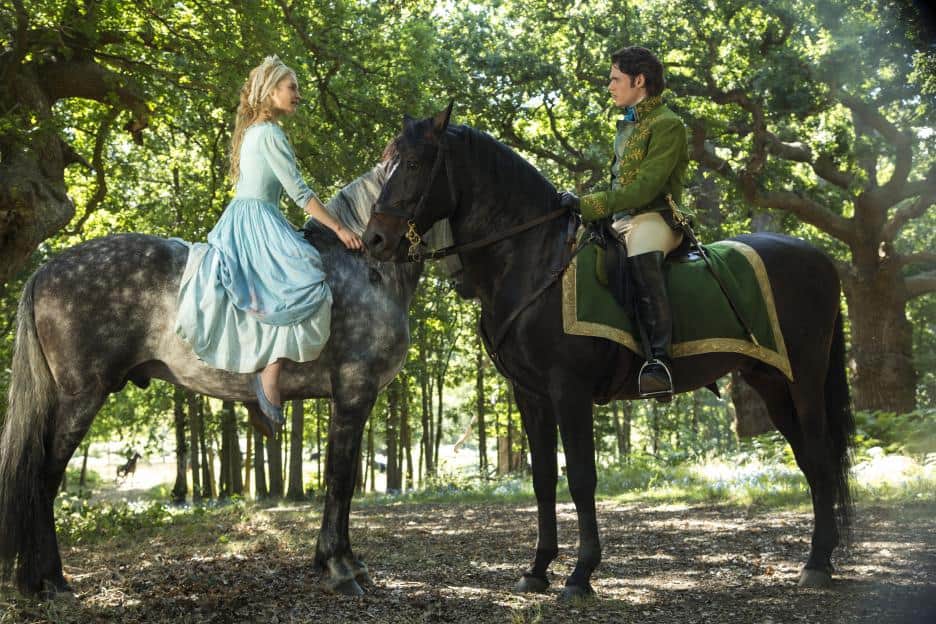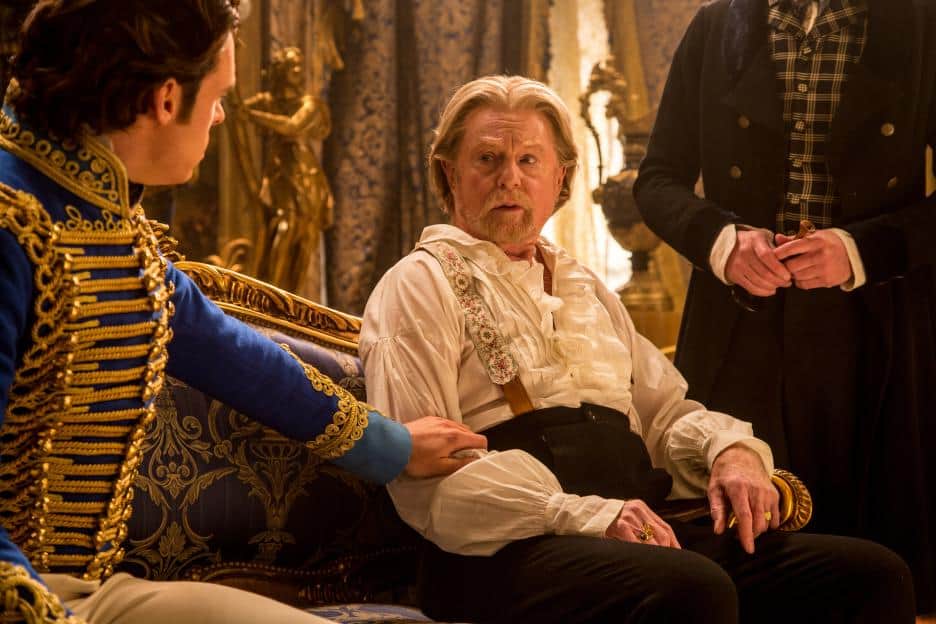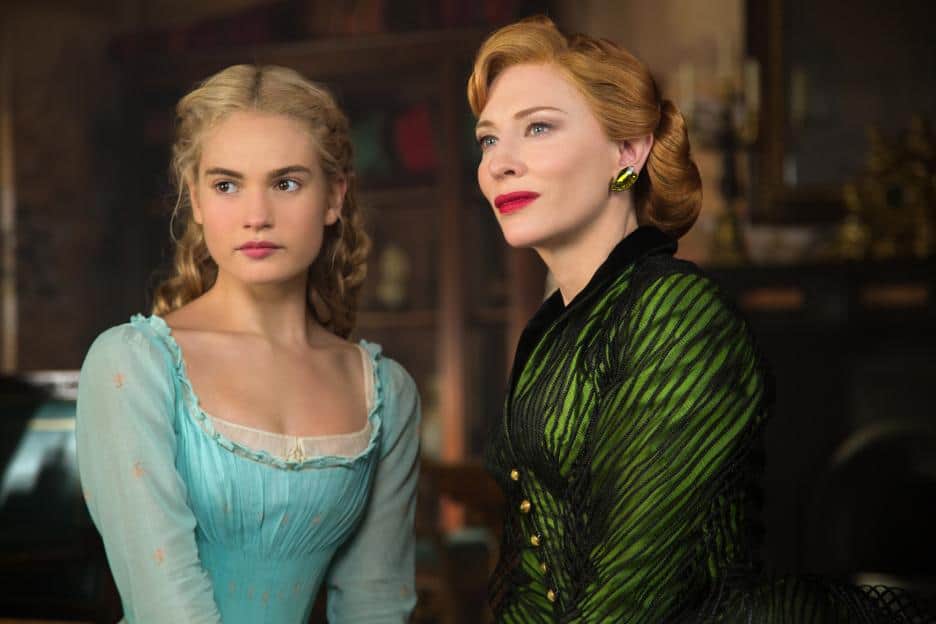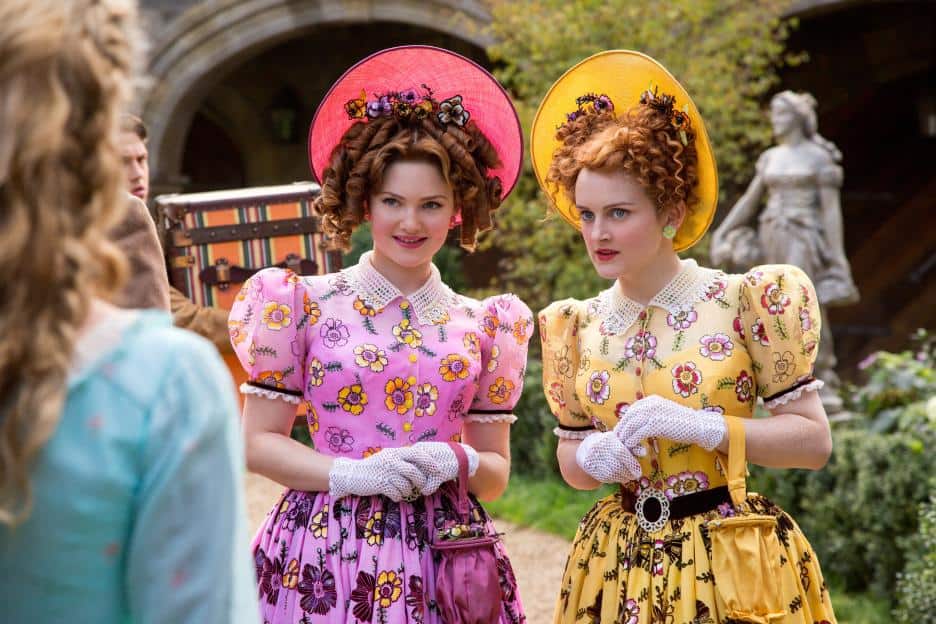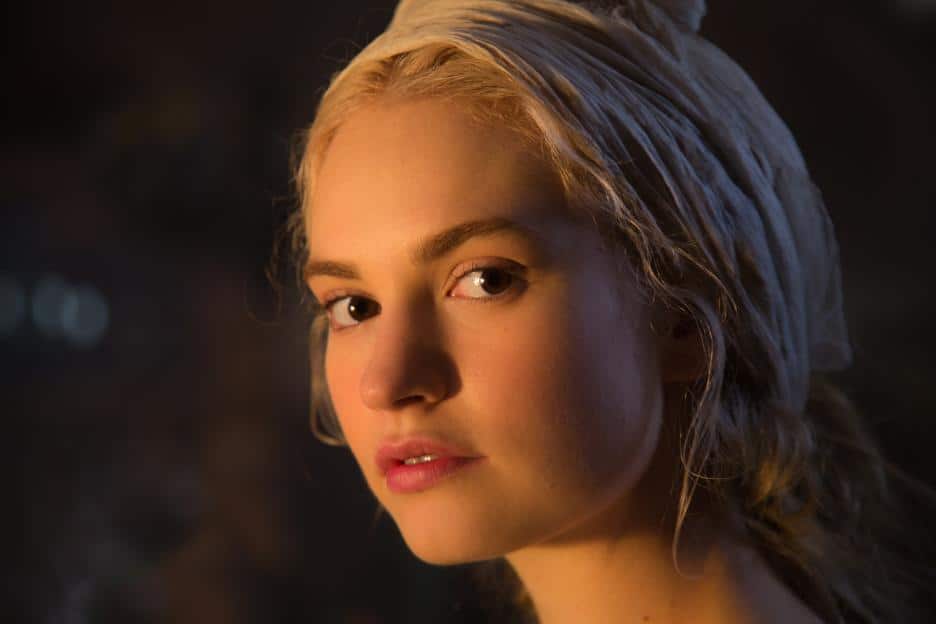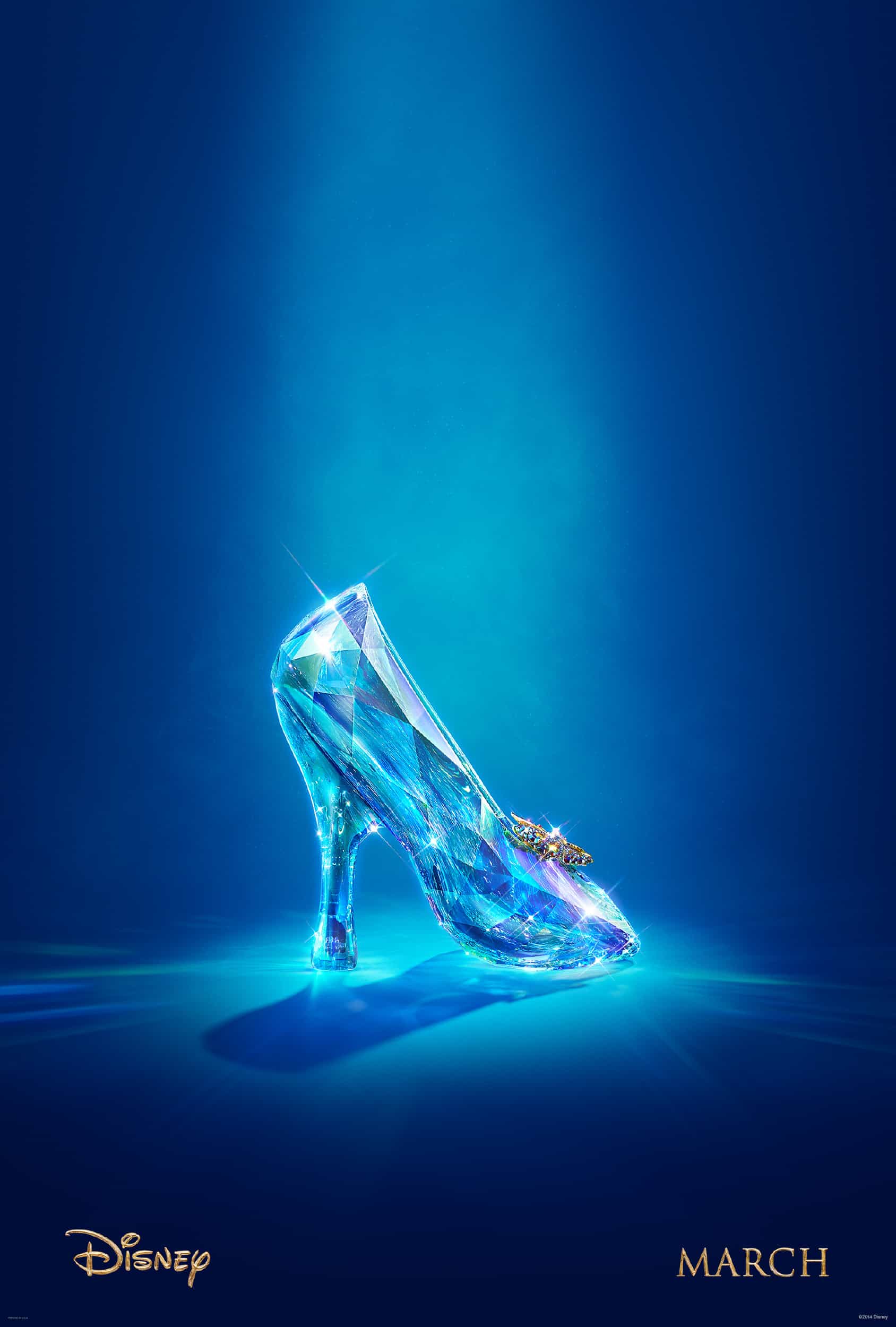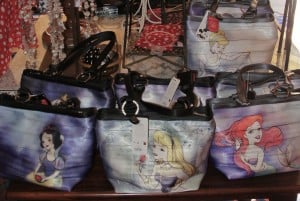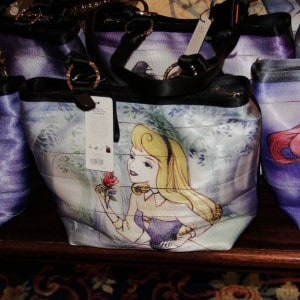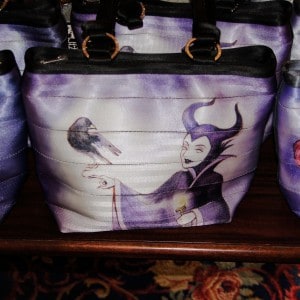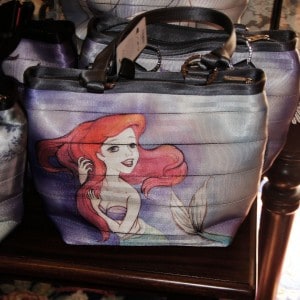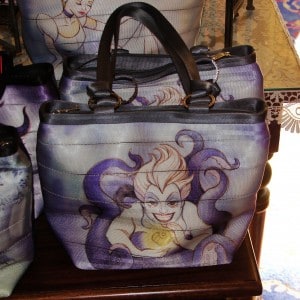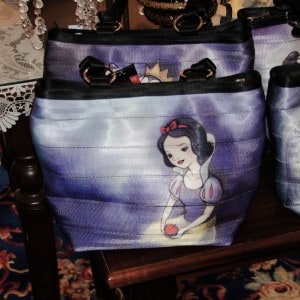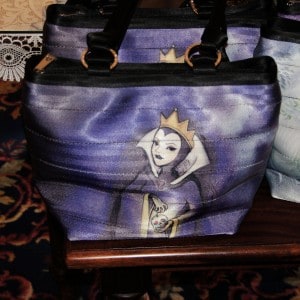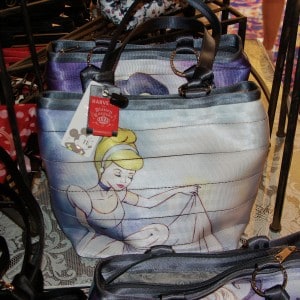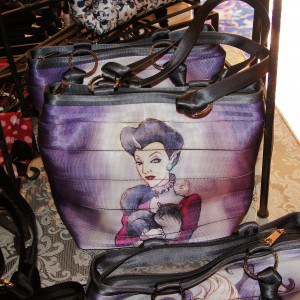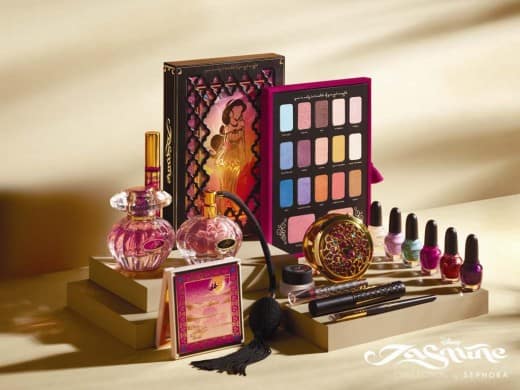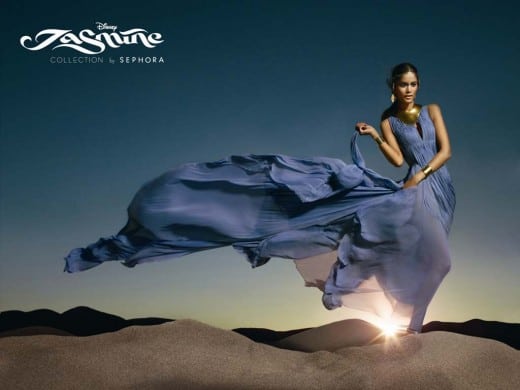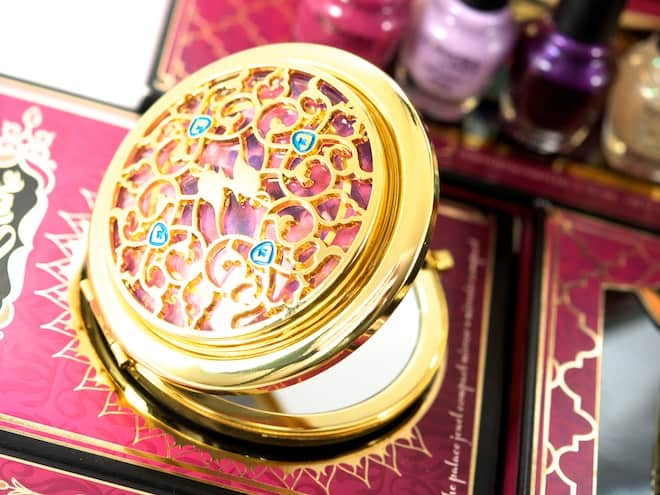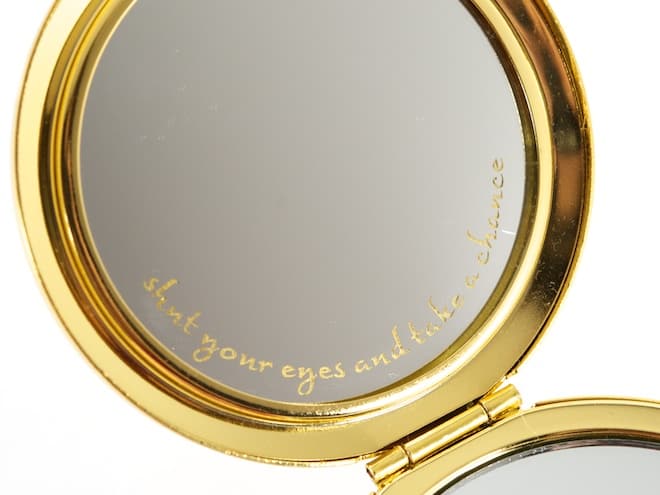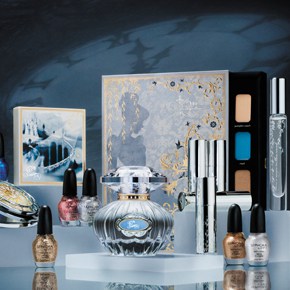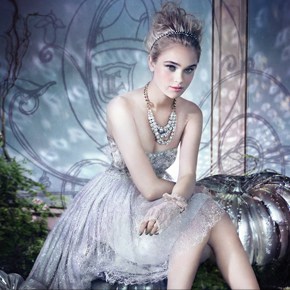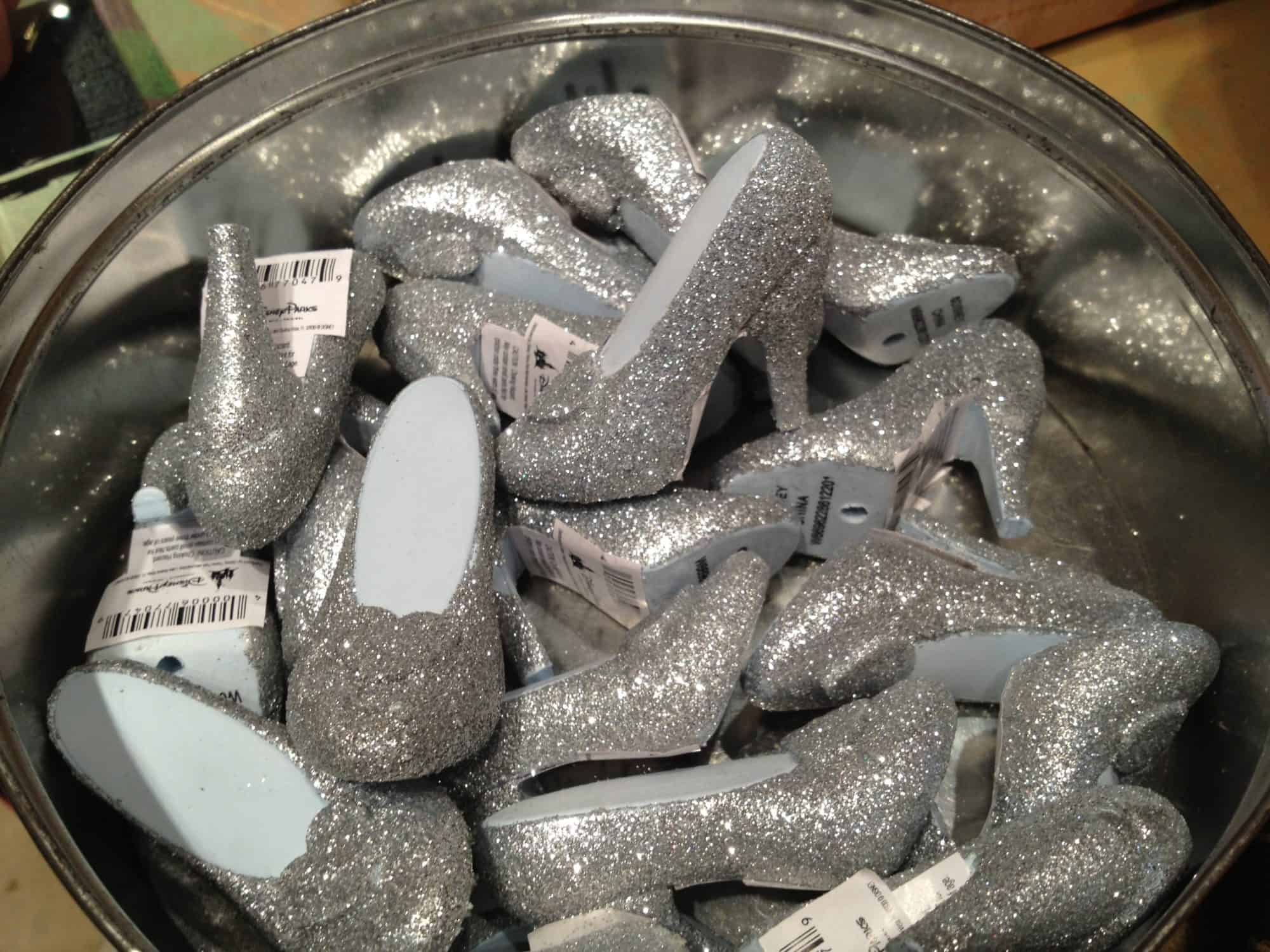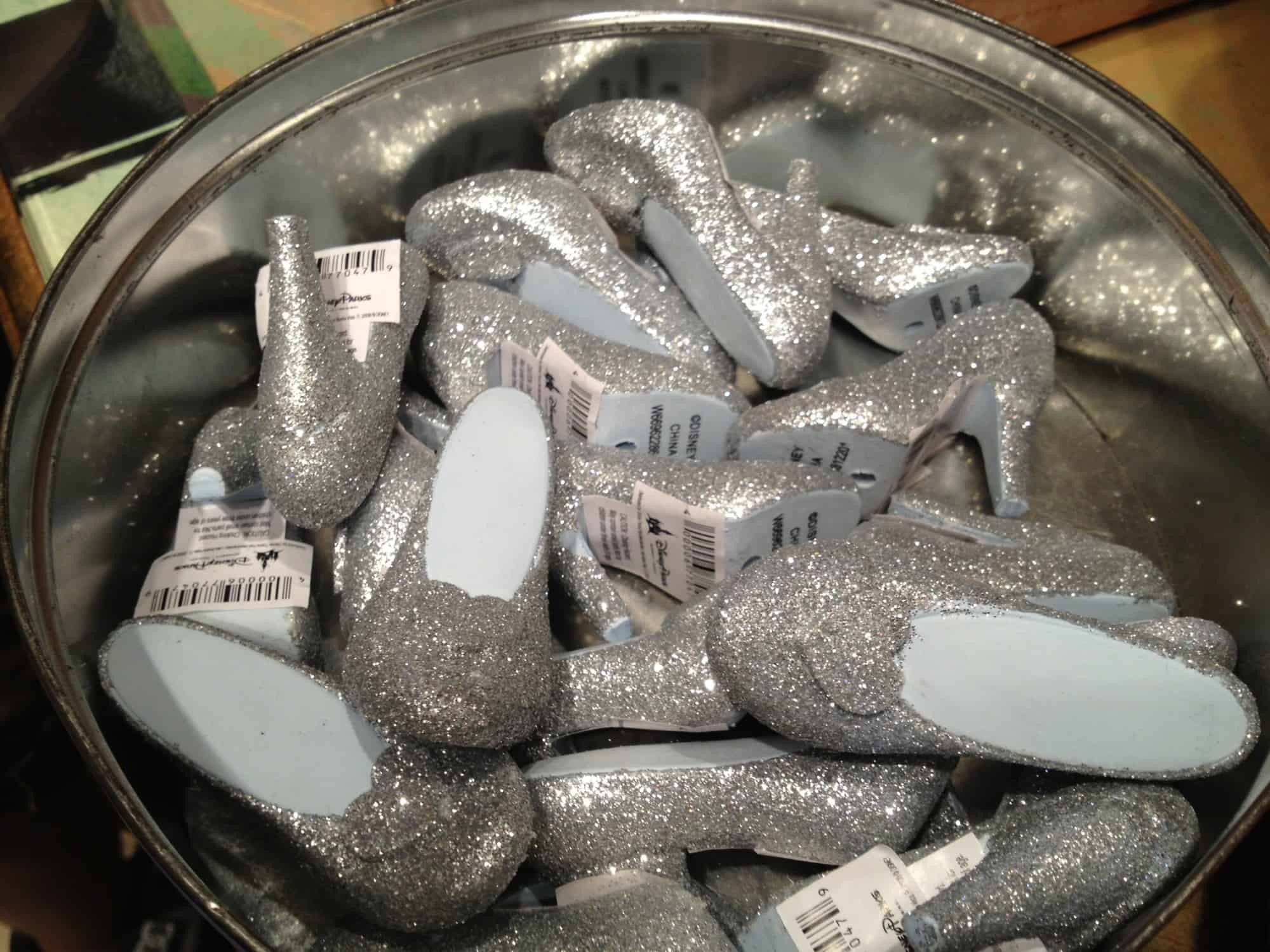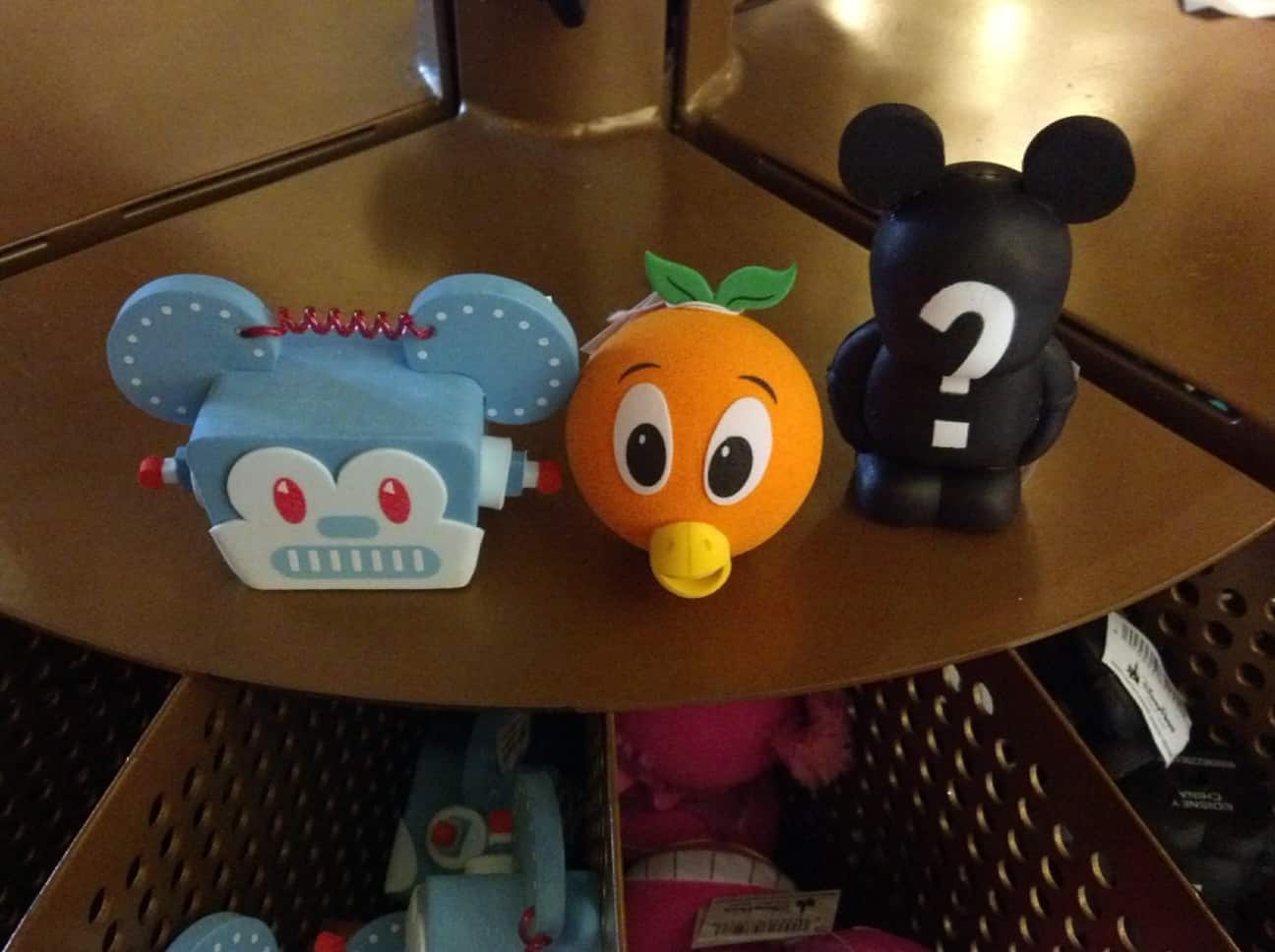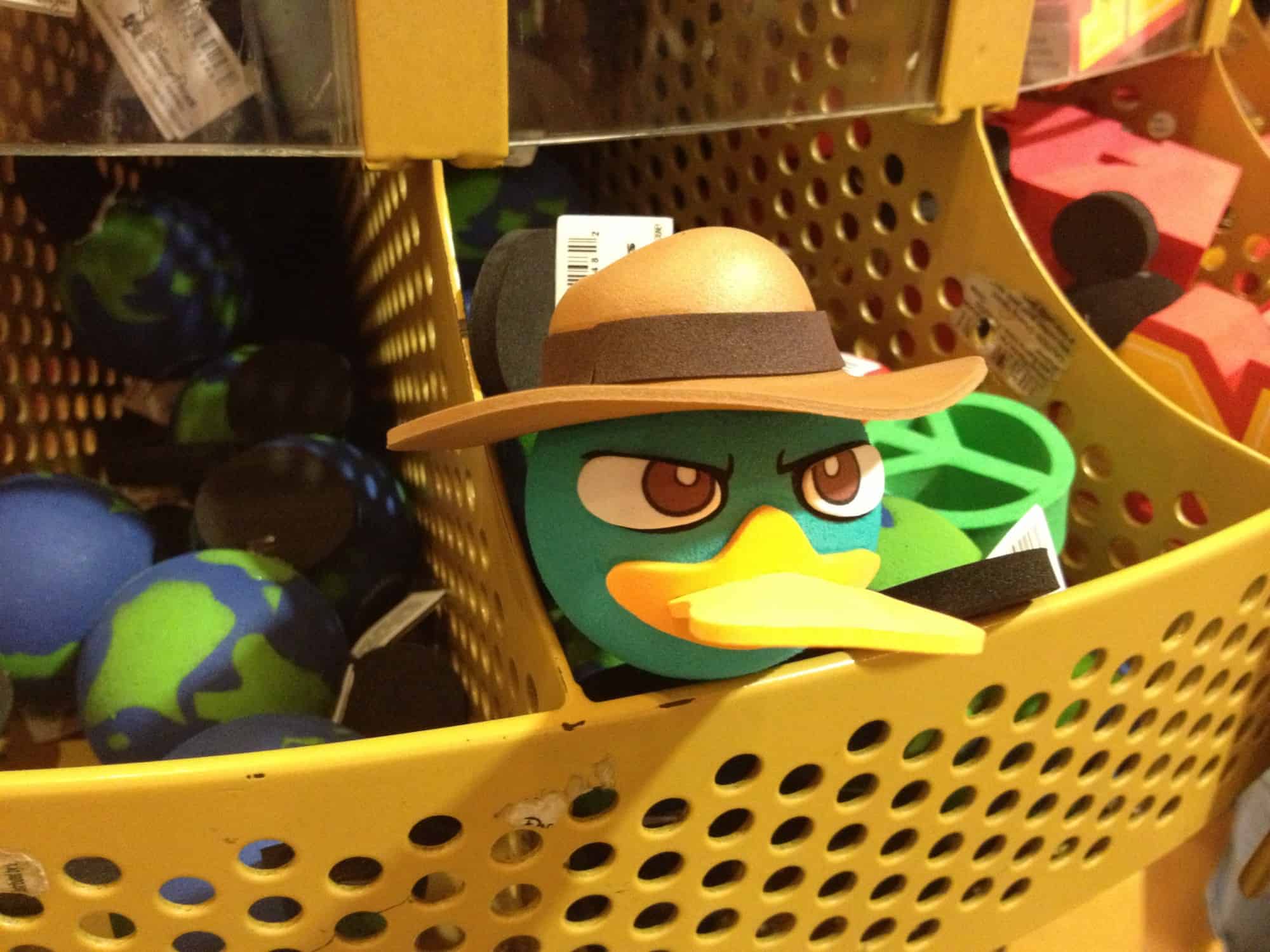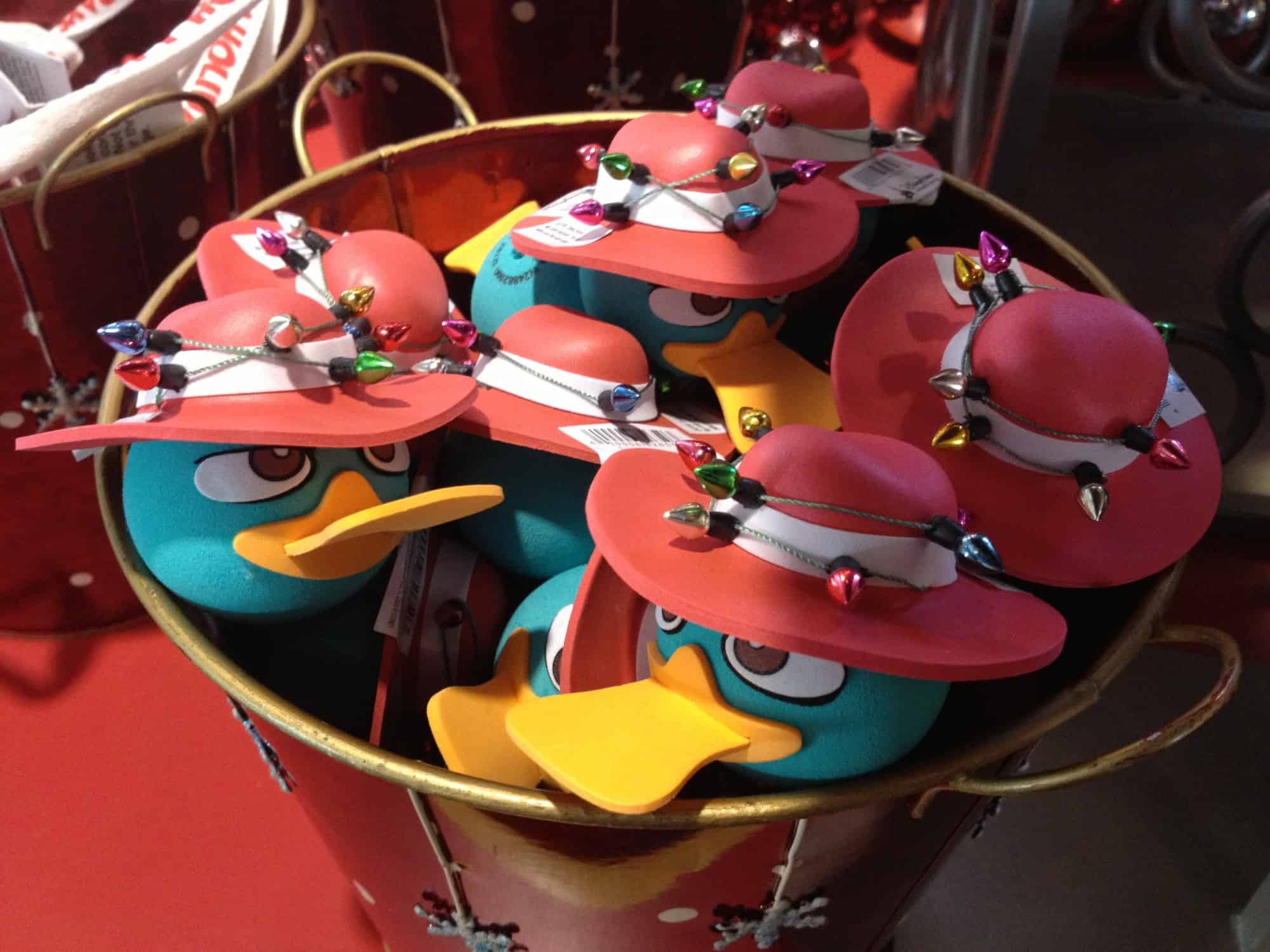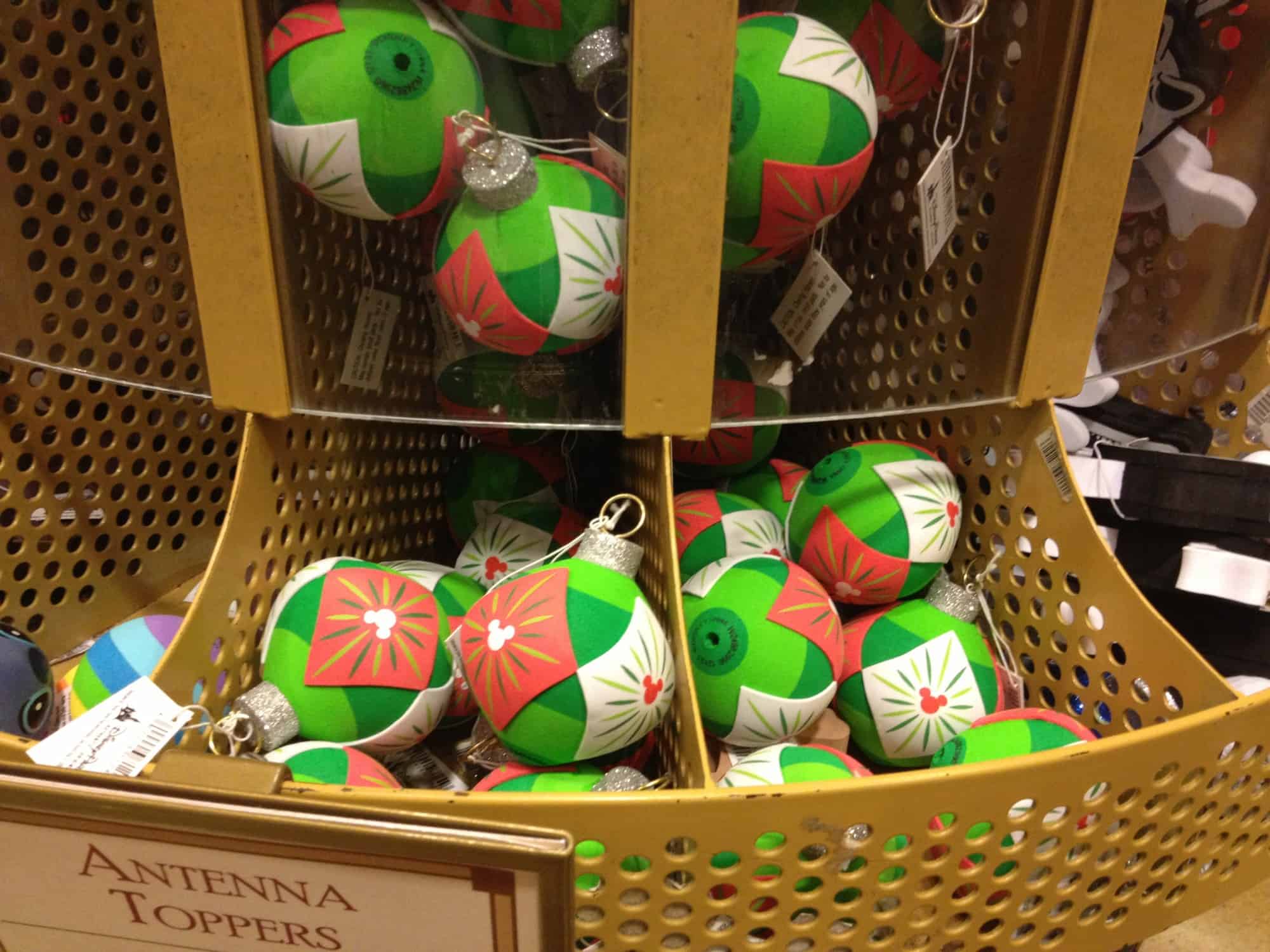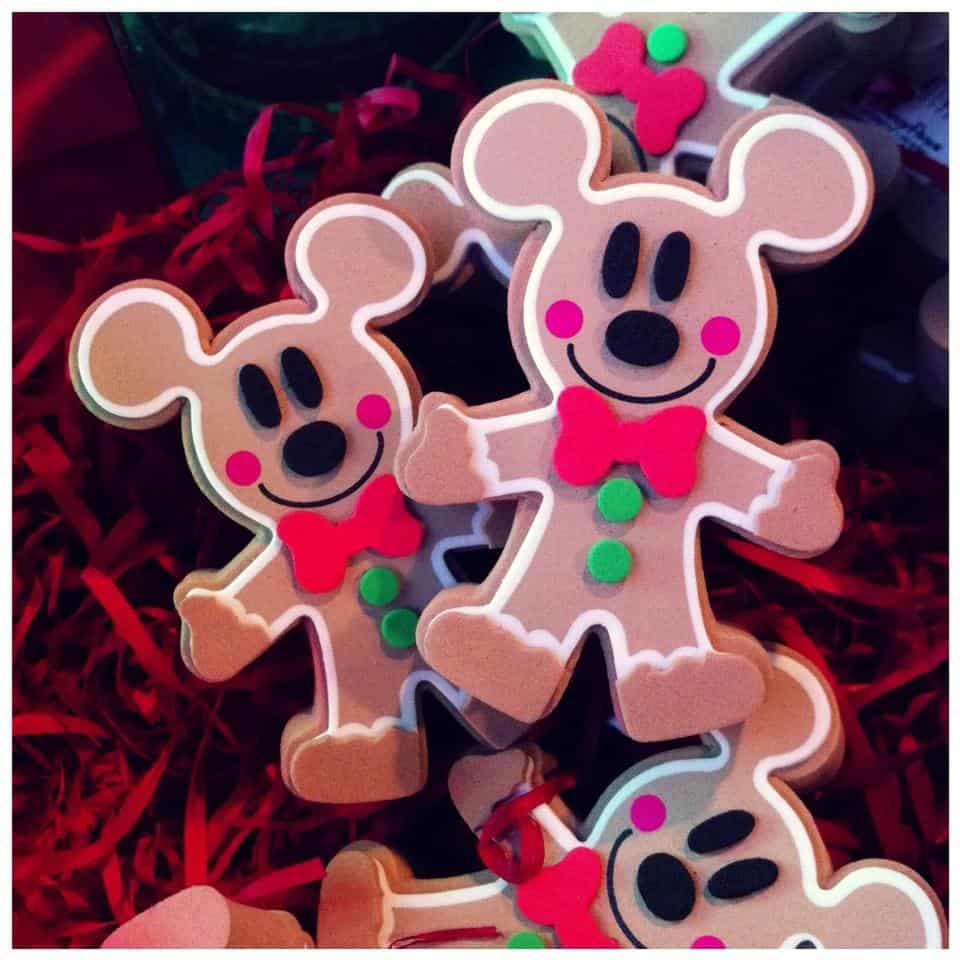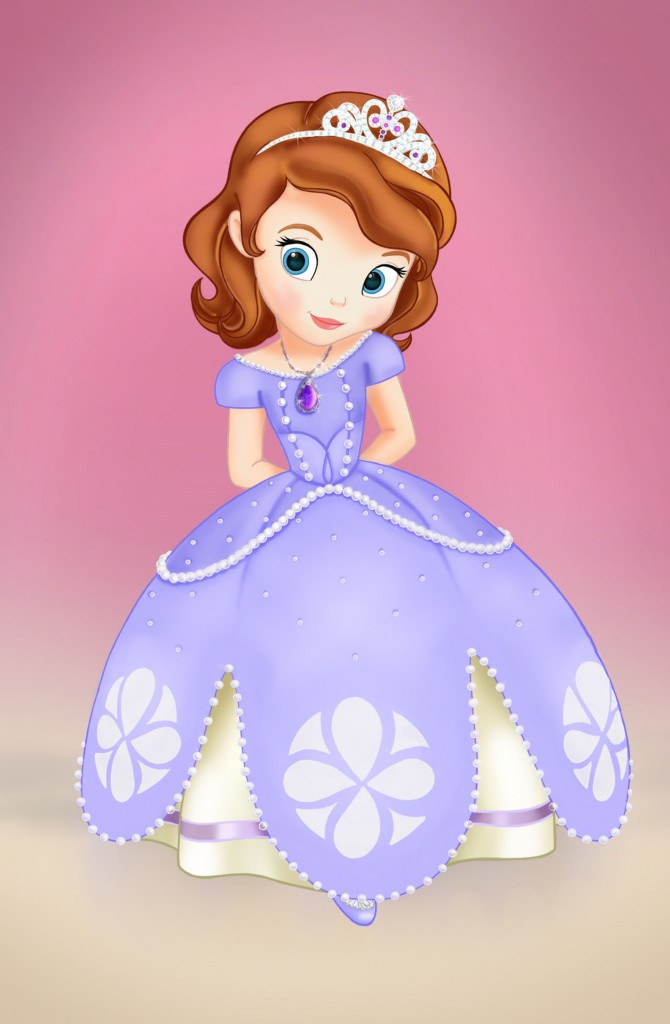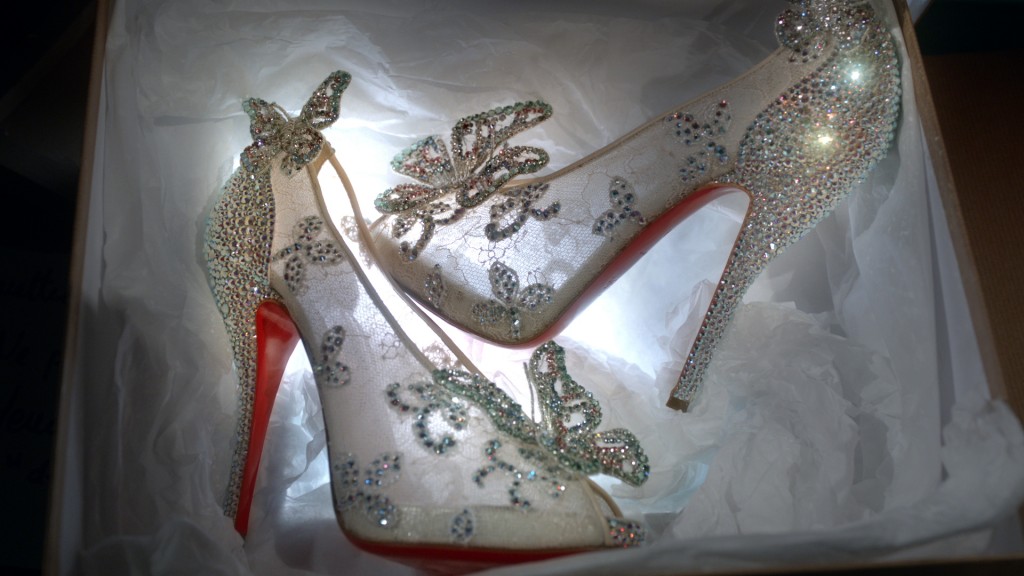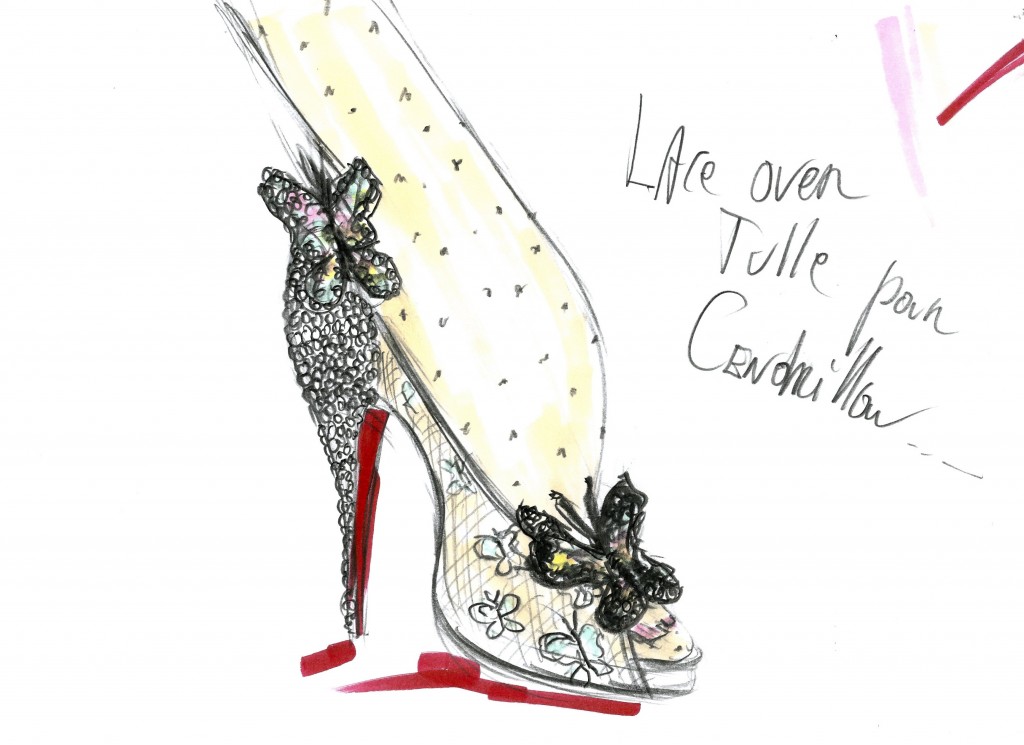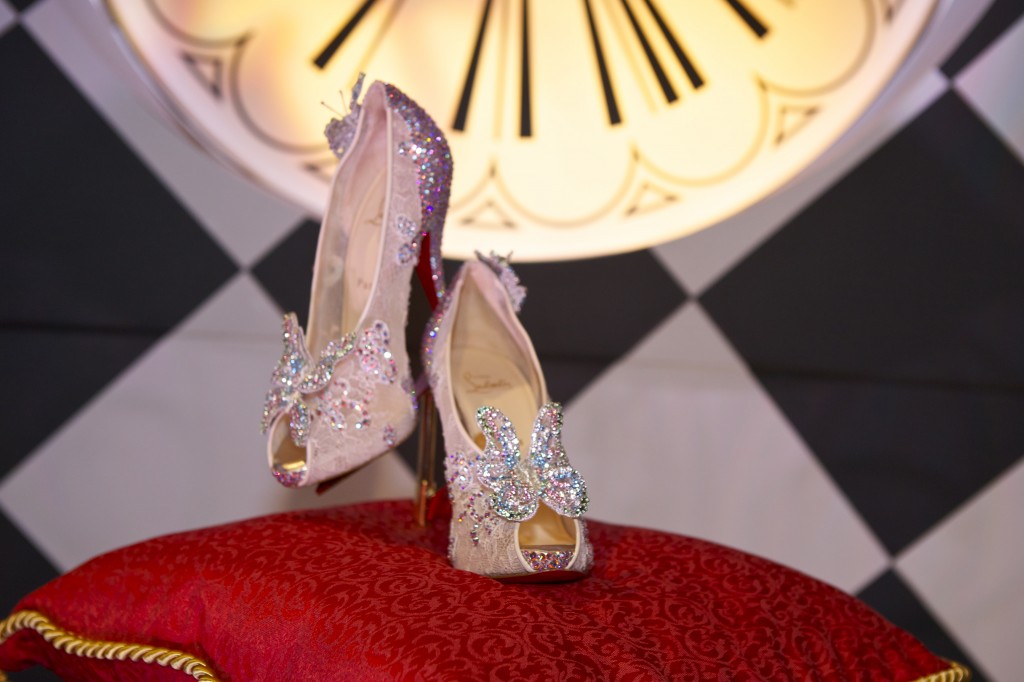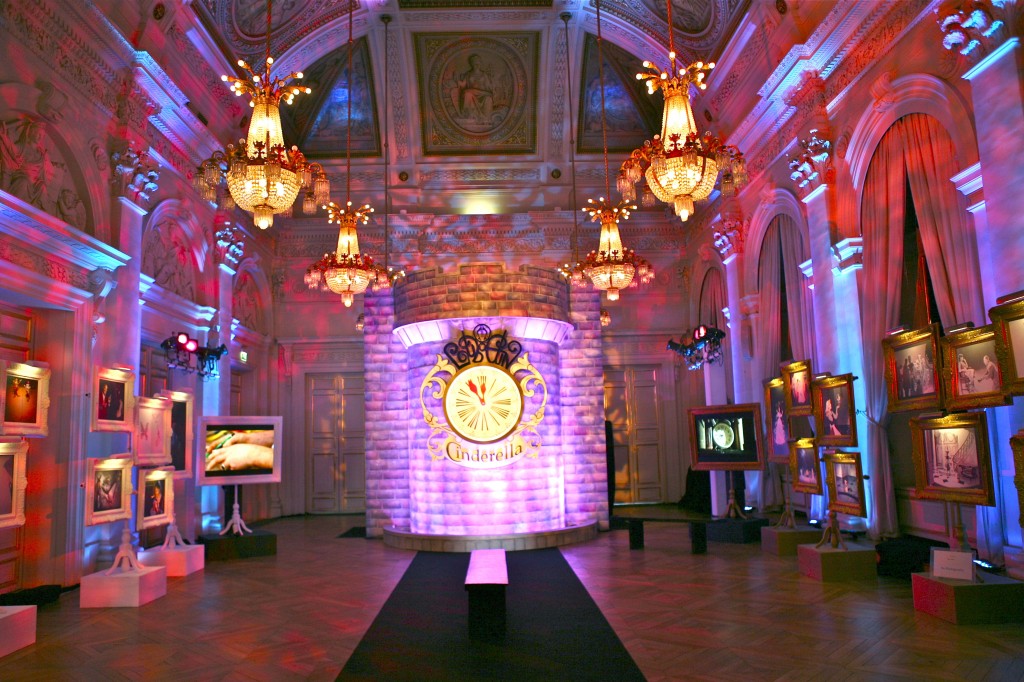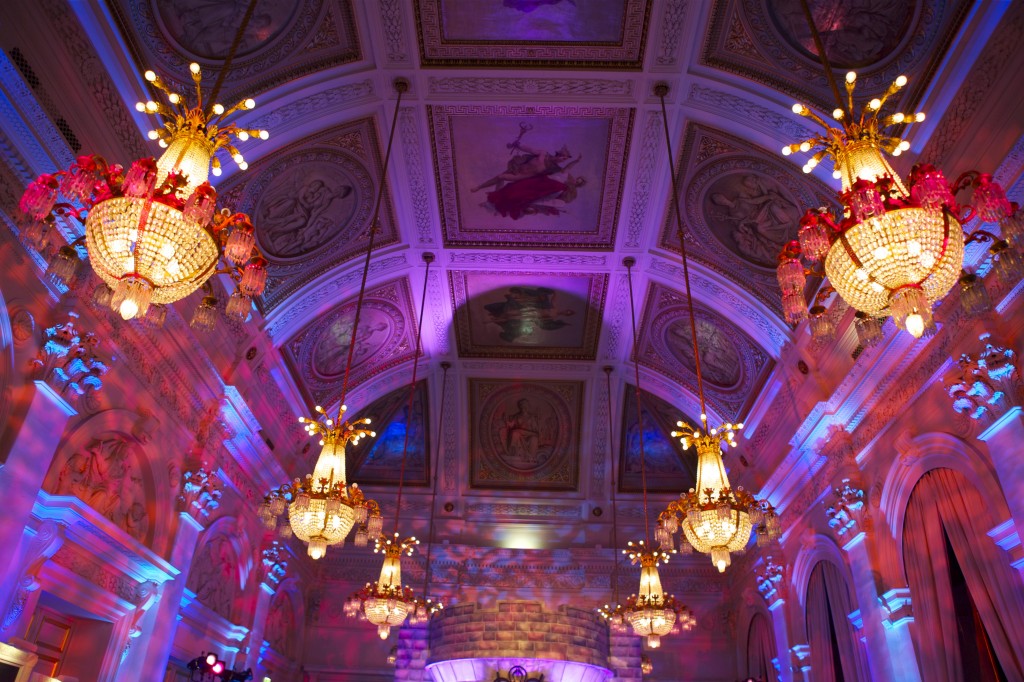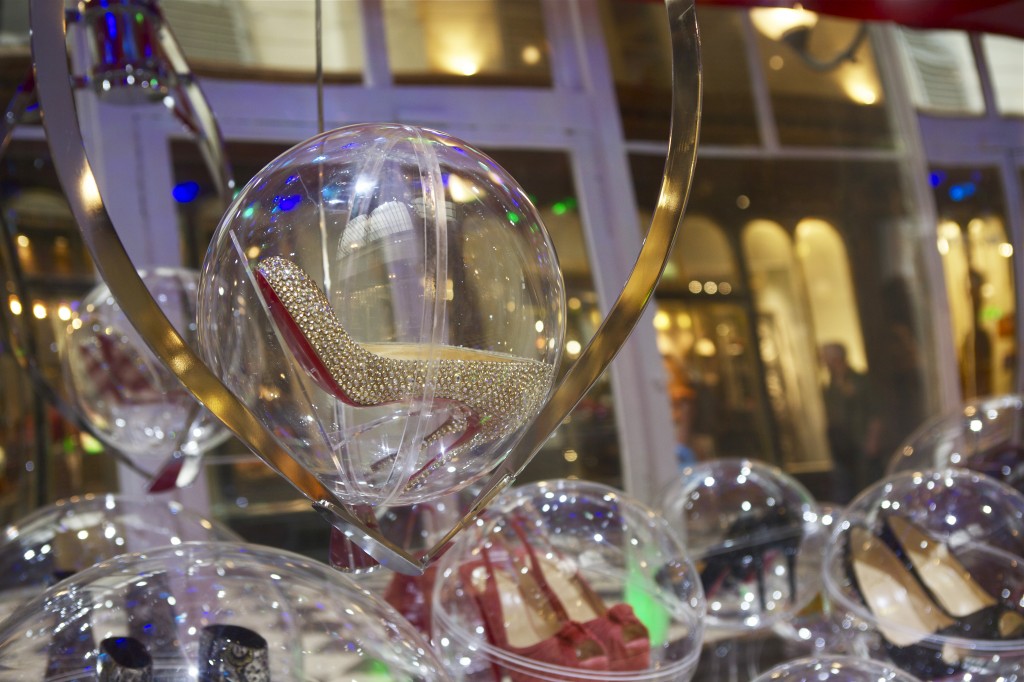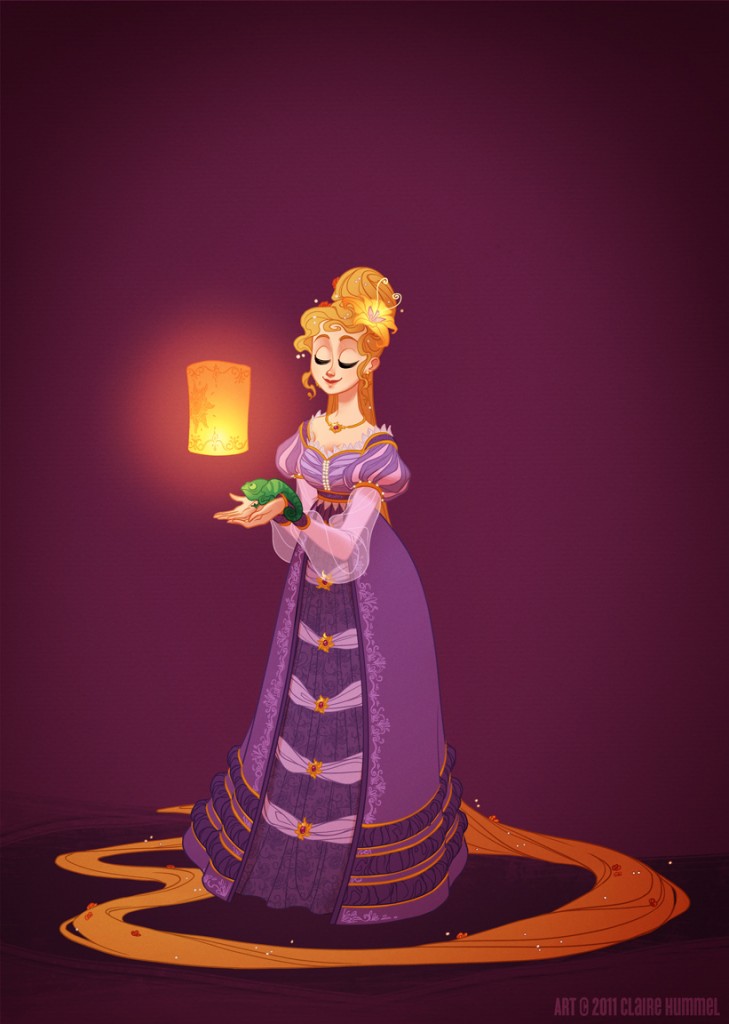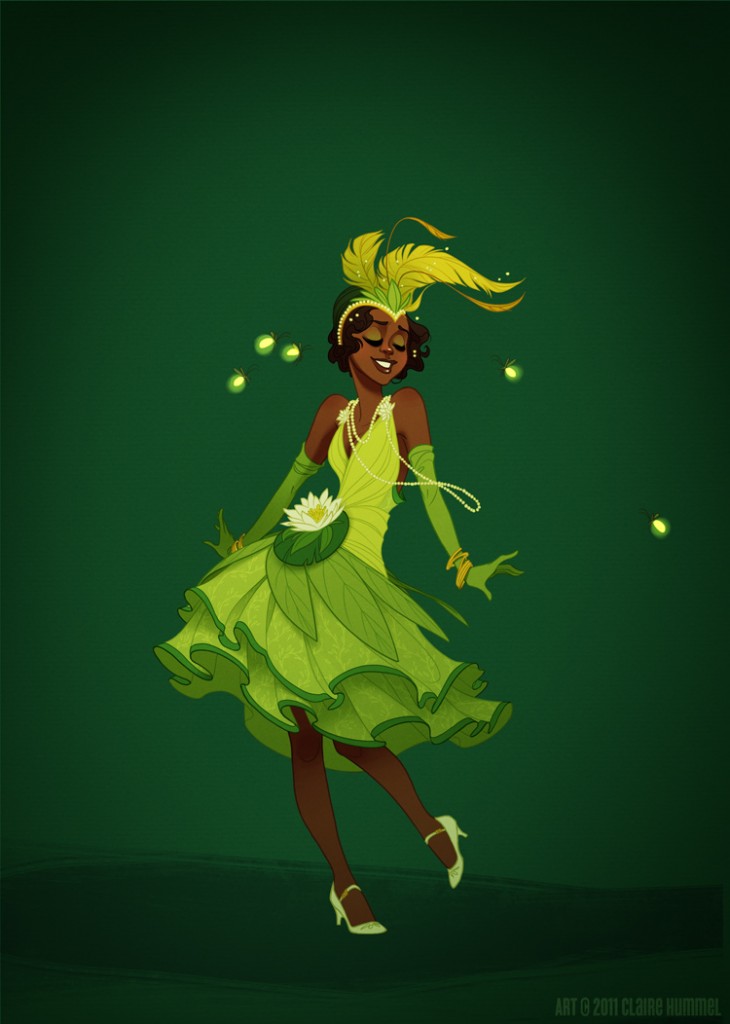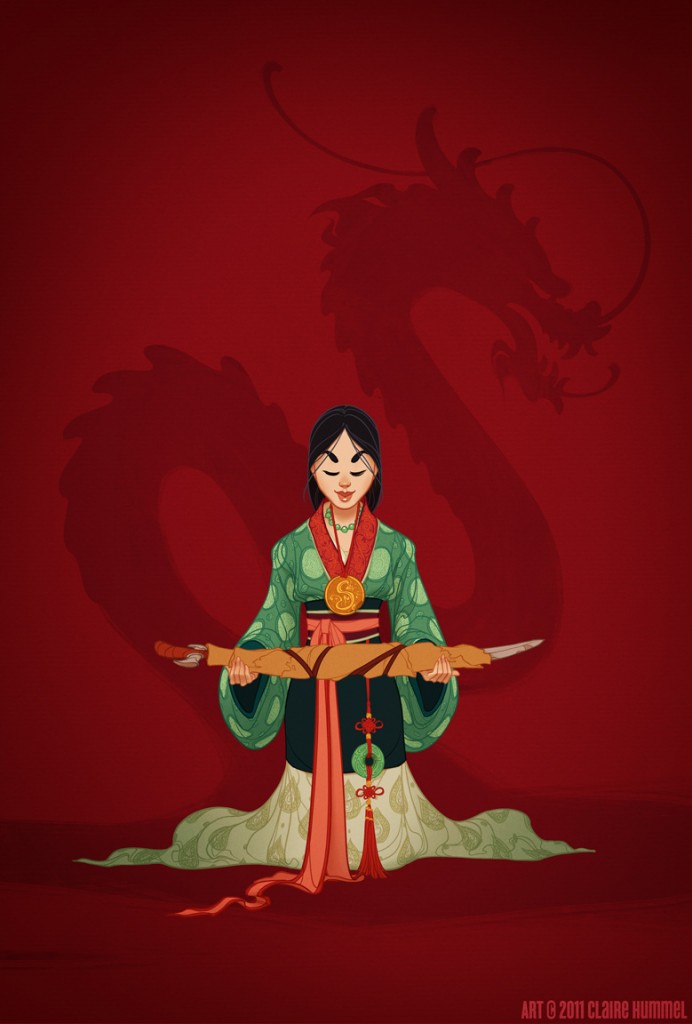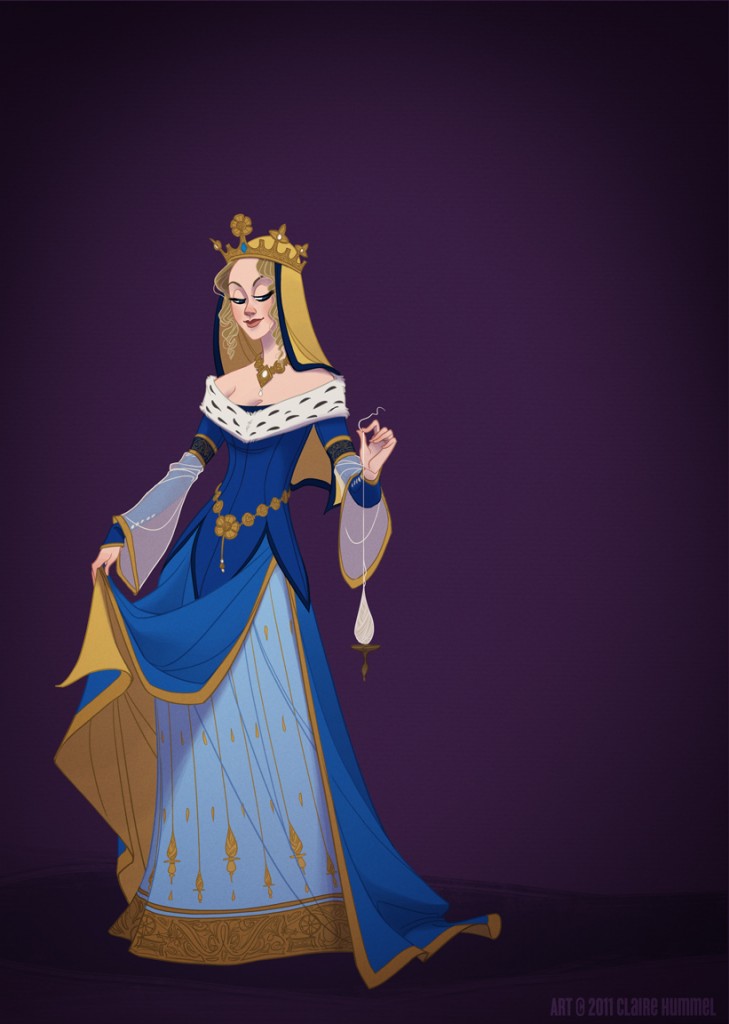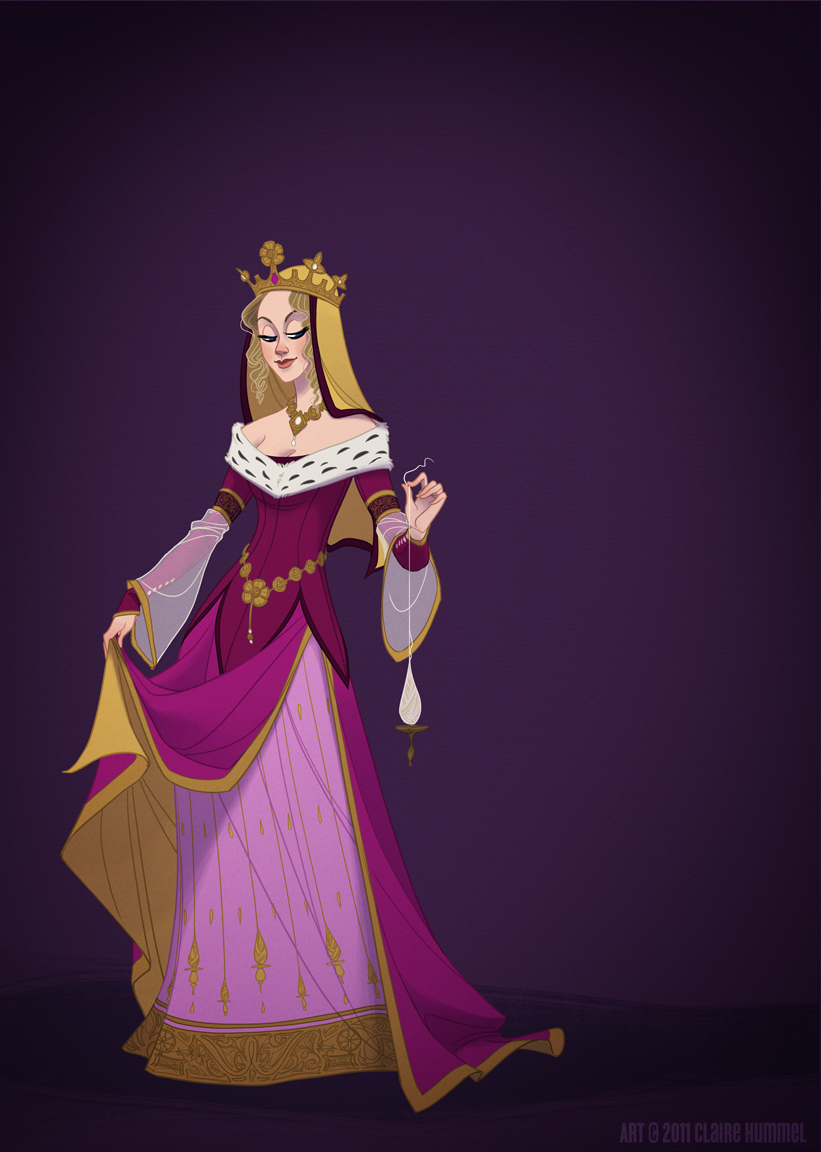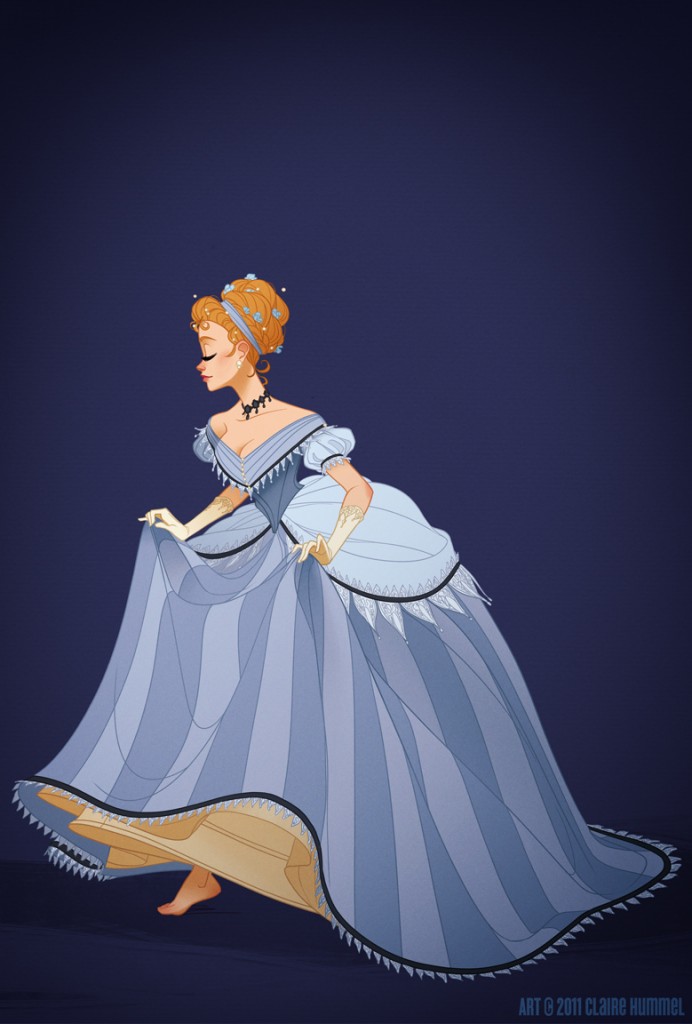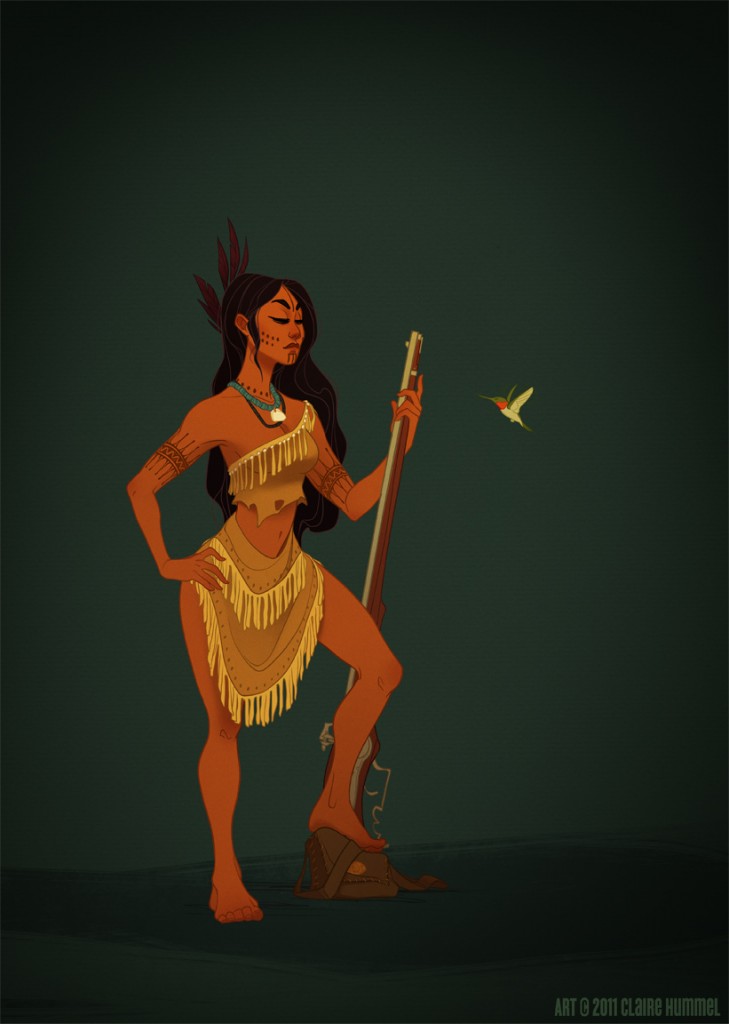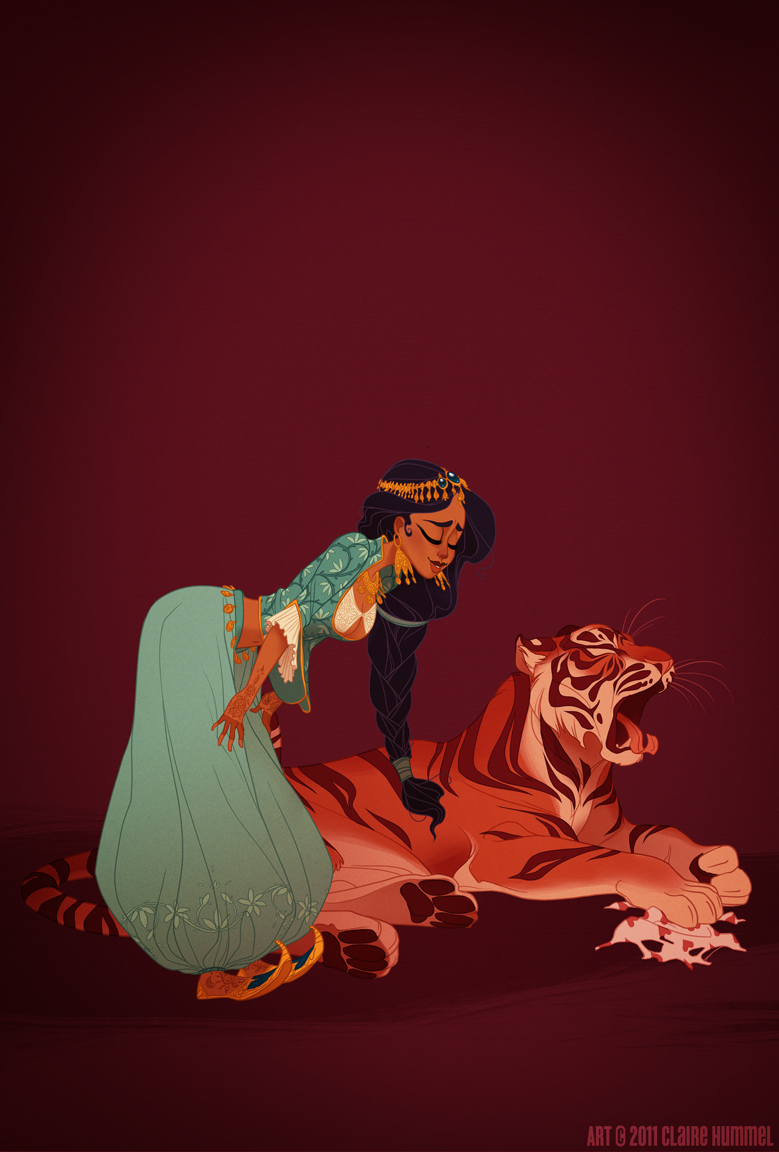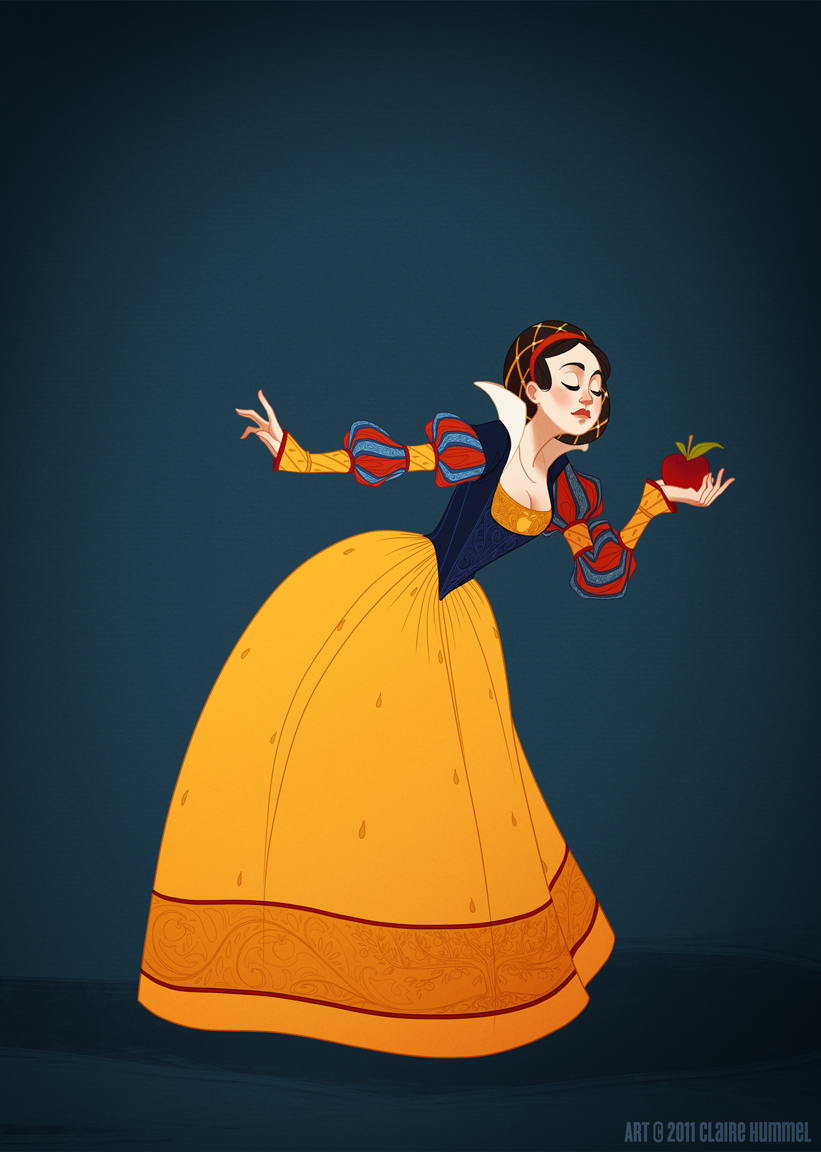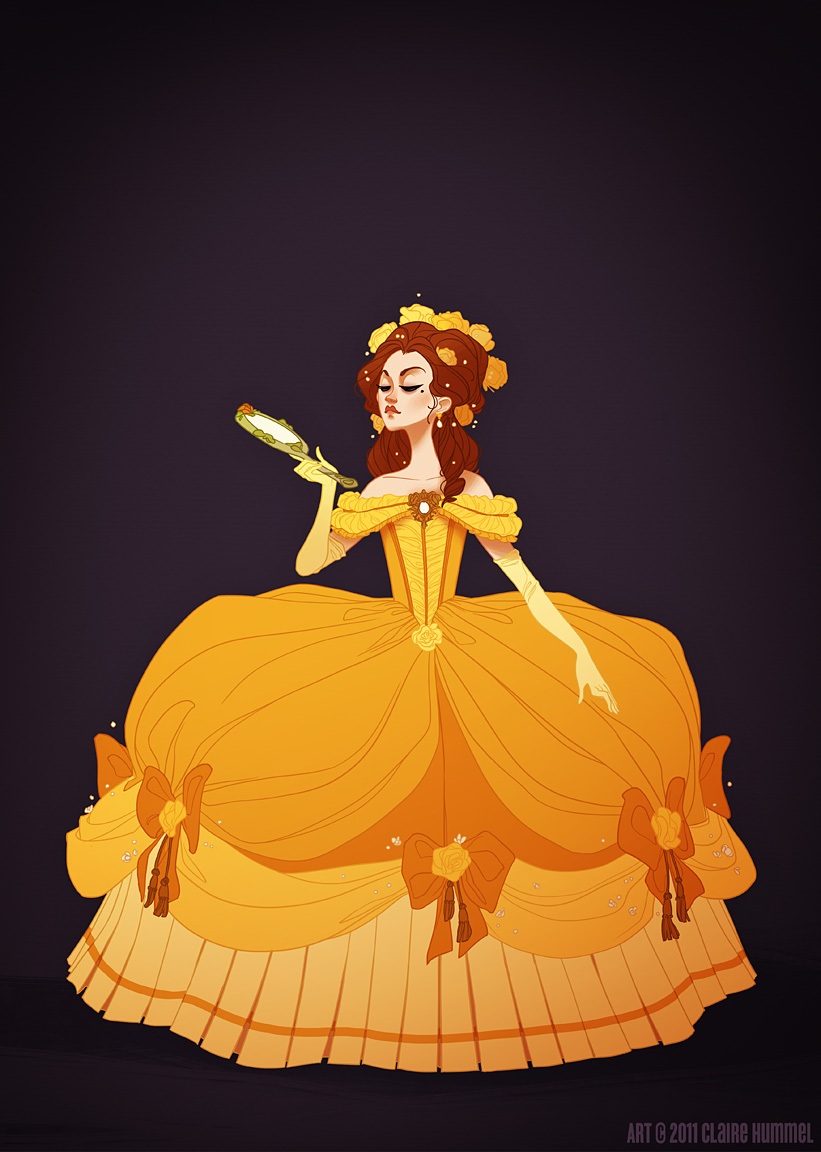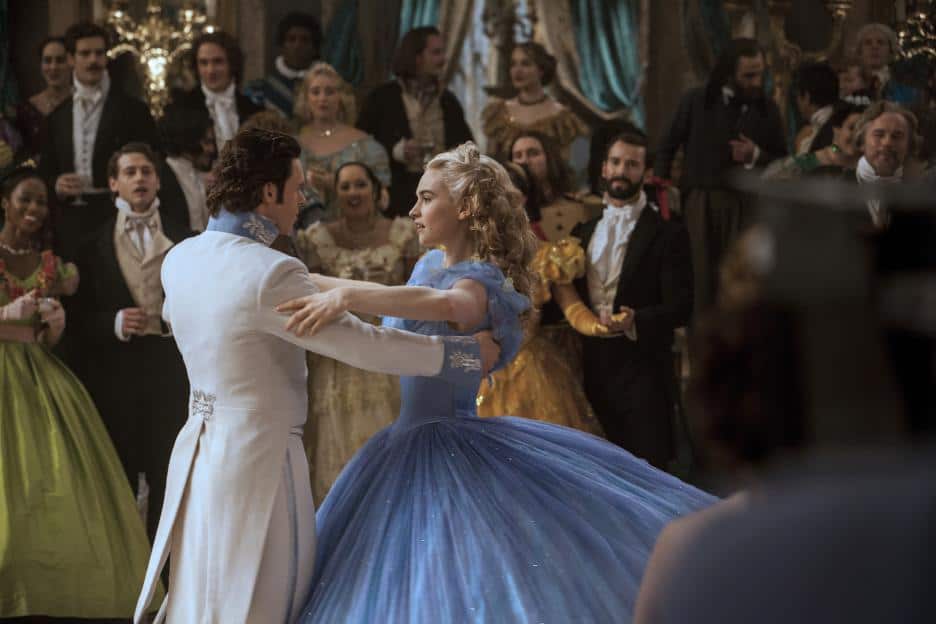
I’ve discussed before on this very site, that I was not super into princesses growing up. Unlike those born 10 or so years after me, Disney princesses were not as…well, everywhere as they are now, and have been for the last 20 years. Prior to the Walt Disney Animation Studios release of the The Little Mermaid in 1989, the last princess animated by Disney was Sleeping Beauty, released a whopping 30 years before. Cinderella was 9 years before that, and Snow White 13 years before that. So while Disney did become synonymous with retelling classic fairy tales and giving us beautiful princesses that graced his beloved Disneyland, there were many other stories Disney was telling as well, with someone or something with which everyone could identify.
With the new golden age of Disney animation that The Little Mermaid heralded, audiences were introduced to a new princess pretty much every year thereafter. Add to that the Disney marketing machine, and you have several new generations of children who grew up with Disney princesses surrounding them from birth onward. From clothing to toys to television shows and apps and books and sequels and characters in Disney parks, and on and on…the saturation of Disney princesses has reached deluge level. My point here is, it wasn’t quite like this when I was growing up. So while I do love most Disney princesses in my own way, I’m definitely not an obsessive fan girl about them, wanting to become one or resemble one, or anything else like that. I may or may not be alone in my princessy-overload sentiments, but I tell you all of this as a preface to my review so that you’re aware…I really wasn’t looking forward to another live-action treatment to another Disney princess. My fears and lack of anticipation for this new Cinderella were shockingly (to me) put to rest within the first moments of the film, and my love only grew as the story unfolded. If you want my very concise review: I loved it. If you’d like to hear what I loved and why, continue reading. I will warn you that I’m not going to edit my review around any sort of “spoilers.” This story has been around since the 1600’s – pretty sure there aren’t any spoilers left at this point. That said, if you want to go in to the film blind, feel free to close this out and wait until you’ve seen it, I won’t be offended. If you dare to read on, let’s go!
The story begins a little earlier than most versions of Cinderella. We aren’t just told or shown how kind and patient and generous Cinderella is, we learn why – which is because of the excellent examples set forth by her parents. Cinderella’s mother is someone we don’t usually get to see in this story, or Cinderella’s relationship with her parents. Their family is truly one of a fairy tale; her merchant father is gone for long periods of time, but always returns to the love and affection of his wife and daughter. His staff at their family manor is well cared-for and loyal. Seeing how her parents treat others, and having her mother foster her belief in fairies and magic, we learn why Cinderella has such a wonderful foundation to grow into her adult personality. That foundation is challenged with the death of her mother. One of her mother’s last bits of advice is for Cinderella to always have courage, and be kind. Cinderella takes these words to heart, not only to carry out her mother’s wishes, but because she truly believes the words. I didn’t view Cinderella as this sickeningly sweet goody-two-shoes, but as someone who was truly good, despite her trials and heartbreak – she does not let the bad things that happen to her define her – her goodness defines her, above all.
Another backstory we are treated to is that of Cinderella’s father’s reasons for marrying Lady Tremaine. We don’t get intimate details of that relationship, but I certainly had a better understanding of why he married into such a horrible family. We also learn that his first wife, Cinderella’s mother, is never far from his thoughts or heart. I appreciated this tiny subplot, as it made the next chapter of the tale believable. When her father passes away too, Cinderella’s trials begin as she is relegated to the sole cook, maid, and caretaker of her ridiculously vain and ill-treating step-sisters and step-mother. Sitting there watching, I was instantly affected thinking, we need more of this in the world. Kindness. Courage. We later learn a bit about why Lady Tremaine is the way she is, but it does not excuse the behavior.
Unlike past versions of Cinderella, in this film, Cinderella happens upon the prince on her own, without benefit of a fairy godmother’s makeover, just her true, unadorned self. And the prince falls head over heels for the person that Cinderella is. This is such an important distinction, that is revisited later in the story as well. As a child, I never thought, “oh, she gets made over by the fairy godmother and that’s the only reason the prince noticed her: her beauty.” But I can see how this is the message that was received for ages and generations, and it is of course, an unhealthy one. (And probably why I always prefer when the Disney princesses are portrayed in their “non-princess” attire.) Cinderella is a strong, independent woman when she meets the prince, and does not change herself or hold back when she speaks to him, all while remaining true to her character of kindness and courage. It’s so wonderfully refreshing to see.
This new twist leads up to another different aspect of the new Cinderella – the relationship between the prince and his father, the king. As a mother of two sons, I was thrilled, absolutely thrilled, to see the loving, caring, affectionate father/son relationship portrayed. As much as I loved Cinderella as a character, I was just overwhelmed by the choice to show this side to the king and prince. It is relatively unheard of to show a vulnerable father as a king, much less a prince who shows actual love and appreciation of his father. I just can’t praise this enough. I hope that more fathers and little boys actually see this film, so that the effects of this positive display can be felt.
Now I’d like to move on to one of my favorite parts of Cinderella – the transformation scene with the fairy godmother. This scene actually made me cry. Why? Well, I am unsure if it was intentionally done, or it’s just me grasping at a correlation or being overly emotional, but I’d like to think my thoughts are well-founded. When watching Marc Davis (the amazing animator and Disney Legend responsible for so many memorable animated characters, attractions and more), discuss his career, he is often quoted as sharing a story of when Walt Disney himself was asked what his favorite bit of animation was. Walt answered that it was the scene where Cinderella got her gown. Marc, ever humble and modest but also honored, smiles and admits how that was a pretty special moment for him, having been the one to animate that scene. The scene in the movie, in my mind, pays an incredible tribute to both Marc Davis’ work, and Walt Disney himself. It is overwhelmingly beautiful and combines just the right amount of special effects to look almost animated in some aspects. I was just overcome, watching that scene and thinking of the two men that brought Cinderella to life so many years before. Yes, I am fully aware that I am a sap. I’m tearing up again now just thinking about it. Anyway, whether it was a conscious nod to the original animated scene or not, it is beautiful, not in any way cheesy, and adds to the inherent enchantment of the film.
While on the subject of visuals, one of the stars of the film in every scene was the costumes. Many of the costumes seemed historically accurate, but what I loved was when there were very obvious departures from what was common during the time period of the story. Lady Tremaine had a decidedly 1940’s look to her style, with fitted, colored pieces in bright shades of green. The sisters had more of a 1950’s feel with colorful tops paired with full skirts. It was such a fun departure of the norm of these characters, and yet all the choices fit perfectly. There were of course obvious tributes to the original animated film, with the color of Cinderella’s gown, as well as her scullery maid outfit. Helena Bonham Carter’s Fairy Godmother was completely over the top and unique to this film, but I loved her portrayal – forgetful but not ditzy, and above all, wants what’s best of Cinderella. Make sure you stay through the credits to hear an old favorite song from our new Fairy Godmother.
Finally, just when I thought I couldn’t love the movie any more, the ending contained a scene which magnifies the message of the film tenfold. I’m paraphrasing here, but the main idea is that what took courage for Cinderella was to appear as herself again to the prince – no dazzling gown, no glass slippers or golden coach. Just her, as she is, living in an attic, covered in soot, talking to mice. I loved that pause for understanding and acknowledgement of where fairy tales go wrong. Real life is hard. People we love go away. Things we want may be out of reach. People may be cruel and hurtful. Remaining true to yourself, being a good and kind person through all of life’s trials, that’s what makes for fairy tale magic. We may not have our own fairy godmothers, but in this day of instant gratification and artificiality, patience, kindness, hard work, and courage through it all, are lessons we all need.
I could go on and on about what I loved from the movie, but these are the main points I wanted to relay. Kenneth Branagh and company have done an amazing job transforming this classic, while keeping its heart and updating its message. It is beautiful from start to finish and I hope you see and enjoy it as much as I did. Cinderella opens today in theatres and IMAX everywhere. I was given access to a press screening, but my opinions and thoughts are my own. I can’t wait to see Cinderella again!
